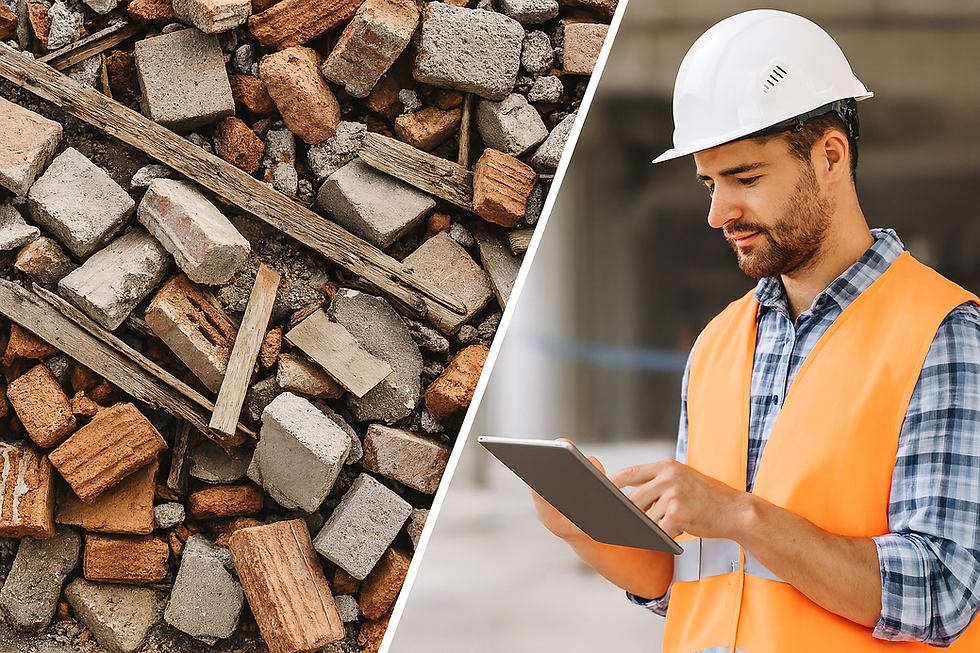Bar Bending Schedule (BBS) in Different Construction Types:
- kinjal shah
- Jul 9, 2023
- 2 min read
Bar bending schedules (BBS) may vary depending on the type of construction project. Here's an overview of BBS considerations for different construction types:
Residential Buildings: In residential construction, BBS focuses on reinforcing elements such as columns, beams, slabs, and foundations. The BBS should accurately detail the dimensions, shapes, and quantities of rebar required for these elements. Special attention should be given to reinforcing critical areas like joints, corners, and load-bearing points.
Commercial Structures: Commercial construction projects encompass a wide range of building types, including offices, retail spaces, hotels, and hospitals. The BBS for commercial structures typically involves reinforcing elements such as columns, beams, slabs, walls, and foundations. It should consider the anticipated loads, design requirements, and architectural constraints specific to the project.
Industrial Buildings: Industrial constructions, such as factories, warehouses, and manufacturing facilities, often require robust reinforcement to withstand heavy loads and dynamic forces. The BBS for industrial buildings emphasizes reinforcing elements such as columns, beams, slabs, walls, and specialized structures like silos or chimneys.
Bridges and Infrastructure: Bridge construction involves unique challenges, including different types of structural elements such as piers, abutments, beams, and decks. The BBS for bridges must account for varying spans, curved sections, and specialized components like post-tensioned cables or prestressed concrete. Additionally, infrastructure projects like tunnels, dams, or water treatment plants require specific reinforcement detailing based on their design and function.
High-Rise Buildings: High-rise constructions demand meticulous BBS due to the complex structural systems involved. The BBS should encompass reinforced concrete cores, columns, shear walls, floor slabs, and foundation elements. The detailing must consider factors like wind loads, seismic forces, vertical loads, and structural stability to ensure the safety and durability of the building.
Infrastructure Projects: Infrastructure projects cover a wide range of constructions, including roads, bridges, tunnels, airports, and ports. BBS in infrastructure projects primarily focuses on elements such as retaining walls, culverts, foundations, and pavement reinforcement. It should consider the specific design requirements, including traffic loads, soil conditions, and durability factors.
Specialized Structures: Specialized structures, such as stadiums, swimming pools, theaters, or power plants, often have unique design considerations. The BBS for these structures should address the specific reinforcement needs associated with their function, including load-bearing capacities, vibration control, water-tightness, or fire resistance.
In all construction types, the BBS should adhere to applicable codes, regulations, and industry standards. It is crucial to collaborate closely with the project's structural engineers, architects, and other stakeholders to ensure accurate and comprehensive reinforcement detailing that meets the specific requirements of each construction type.



Comments